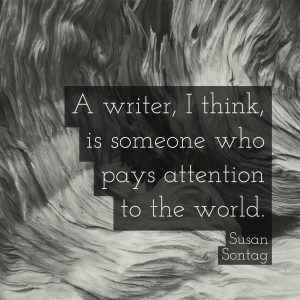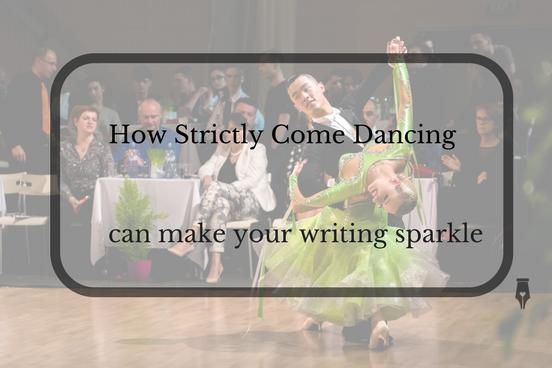
Photo by Martin Barák on Unsplash
In a flourish of glitter and sequins, it’s back on our screens, whirling through Saturday night TV from Autumn until Christmas. In case you’ve had your head in a bucket, I’m talking about Strictly Come Dancing of course.
I make no secret of the fact that I’m a big fan of this annual extravaganza of celebs learning to perform the foxtrot, samba and cha-cha in pursuit of the glitterball trophy. Whilst I love watching the dancing, I’m reminded how it can be a wonderful form of expression – just like writing.
Here’s what Strictly can teach you about writing that sparkles:
Gotta have rhythm
The Strictly dancers, both professionals and celebrities, have to feel the beat of the music to move in time.
Writing has its own rhythms. Does yours plod along like a beginner stomping through a Paso Doble? Or does it zing and click like a high-energy Jive?
A good writer knows that using too many sentences of the same length, one after the other, becomes as dull and flat-footed as the contestant who gets ditched in week one.
Switch it up with a change of pace. Razzle dazzle ’em. Throw in an unexpected word. It’s the equivalent of a cheeky wink at the judges.
How Strictly Come Dancing can make your writing sparkle Click To TweetStyle matters
 Every dance has a different style – from the romantic flowing movements of the waltz, to the hip action of the samba.
Every dance has a different style – from the romantic flowing movements of the waltz, to the hip action of the samba.
The same goes for writing. A good copywriter can switch between the smooth flow of a lengthy article that seeks to draw you in, and punchy eye-catching words that grab your attention instantly.
The professional dancers know that you have to start every dance by capturing the attention of the audience and finish with a flourish that will have them on their feet.
To write well you need to apply the same principle. Hook your readers with an engaging headline and leave them with a compelling call to action.
Hook your readers with an engaging headline and leave them with a compelling call to action. Click To TweetMaster the technique
I’m no expert in dancing, but the Strictly judges will point out what they’re looking for from different dance styles. Woe betide you if you put an audience- pleasing lift into the routine when it isn’t strictly allowed.
In writing, that’s like understanding the conventions of grammar and spelling and knowing when to flout them.
Or knowing that changing verbs from the passive to the active will make your writing more direct and engaging – like facing down your partner in a Tango.
Practice, practice, practice
 The professional dancers on Strictly make it look effortless, but it takes years of training and effort to do what they do.
The professional dancers on Strictly make it look effortless, but it takes years of training and effort to do what they do.
Writing may not be quite as tricky as mastering the quickstep, but the more you practise, the better and more confident you become.
As a writer, I know that my first drafts are never going to be as clear, precise and powerful as the finished article.
It takes time to write, edit, review and rewrite. I’m always looking for improvements I can make to produce a polished performance for the final show.
Get the audience on your side
It’s not always the ‘best’ dancers who win through to the next round of Strictly Come Dancing. The watching audience votes for their favourites – the ones who have entertained them, made them laugh.
Thinking about your audience is essential for a copywriter. If you can appeal to their emotions, surprise, delight and thrill them in the same way that the couples do on the dance floor, you’ll be onto a winner.
Put your feet up and enjoy the show
I’m unashamedly a fan of Strictly Come Dancing. Just like music, dancing connects with me at a purely emotional level, that I don’t even pretend to understand.
As a writer, I’m like a dancer in the way I feel the rhythm of words, delight in a neat turn of phrase and express meaning through my creative craft.
Sometimes I stumble, sometimes I soar. I always dream of sweeping you off your feet with some wonderful words.
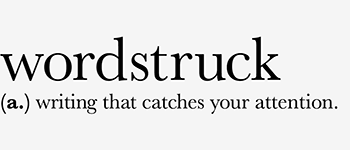
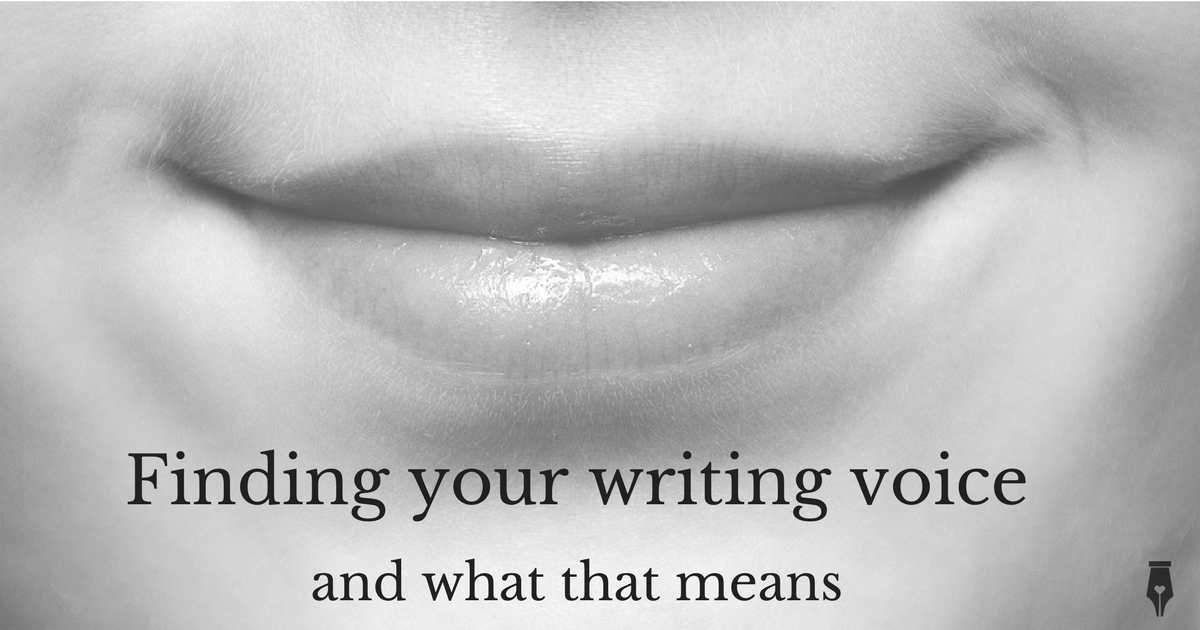
 That’s how you end up with nonsense like “leveraging our partner ecosystem” and “assuring you of our best attention” (an email sign off that I used to see on a daily basis).
That’s how you end up with nonsense like “leveraging our partner ecosystem” and “assuring you of our best attention” (an email sign off that I used to see on a daily basis). In writing for clients I have to adopt voices. It’s a bit like being a impressionist. I listen to them talk about their business. I read their written content carefully. I look for words and phrases they use and mimic their rhythm and style.
In writing for clients I have to adopt voices. It’s a bit like being a impressionist. I listen to them talk about their business. I read their written content carefully. I look for words and phrases they use and mimic their rhythm and style. Often my job is to give your communication clarity. That means structure and punctuation that makes it easy to read. It’s a bit like a singing coach showing you where to breathe when singing a complicated line.
Often my job is to give your communication clarity. That means structure and punctuation that makes it easy to read. It’s a bit like a singing coach showing you where to breathe when singing a complicated line.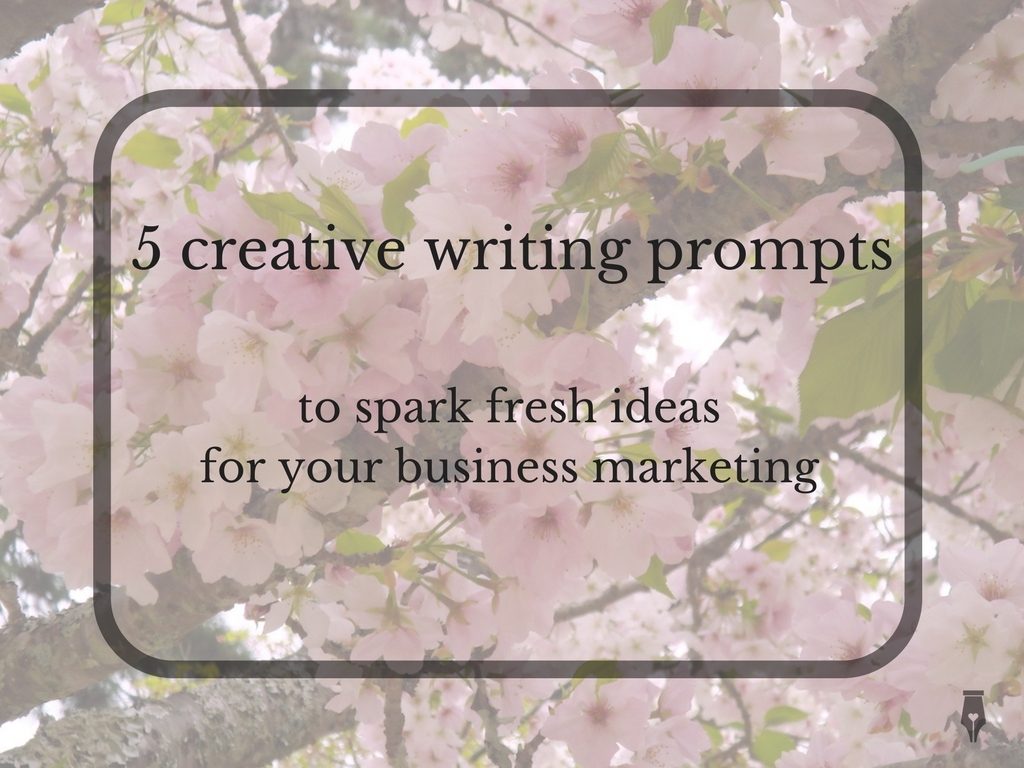 Do you ever think I don’t know what to write? I’ve said all that already? There’s nothing new to add?
Do you ever think I don’t know what to write? I’ve said all that already? There’s nothing new to add?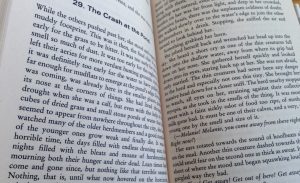 2. Pick a sentence at random
2. Pick a sentence at random
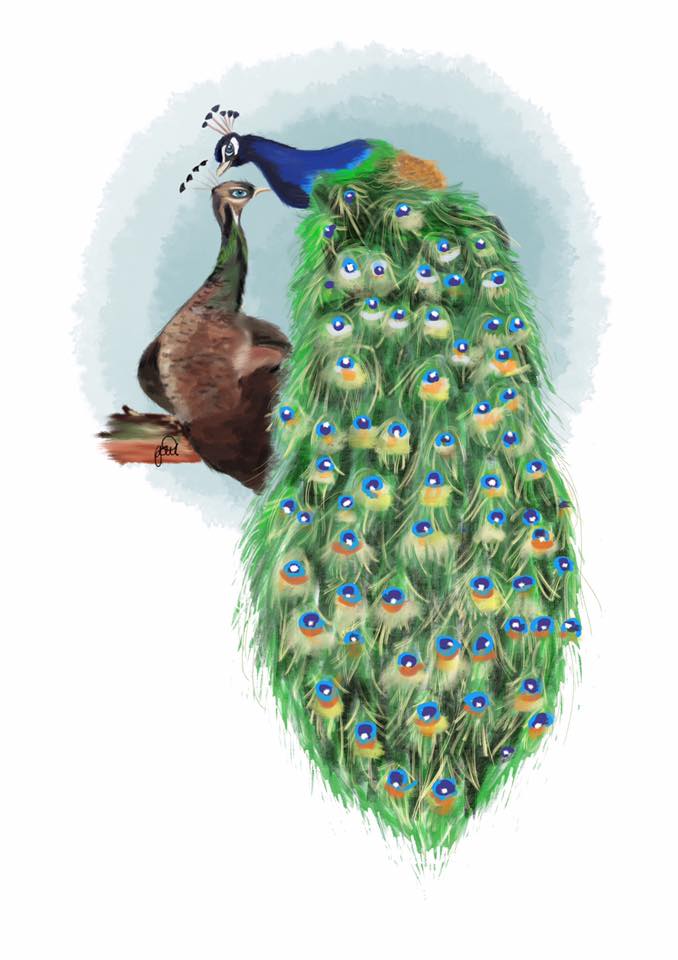


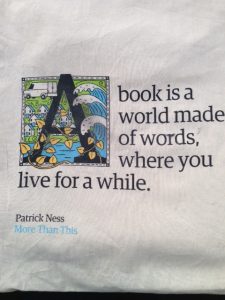
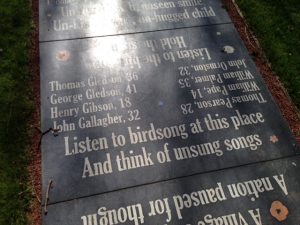

 Just write. Take your pen or pencil and move it on the paper. Write as quickly as you can, without thinking too much about what you want to write.
Just write. Take your pen or pencil and move it on the paper. Write as quickly as you can, without thinking too much about what you want to write. Free writing is useful for any kind of writing, not just for self discovery. It gets you started and gives a structure.
Free writing is useful for any kind of writing, not just for self discovery. It gets you started and gives a structure. Free writing also helps me reflect. I turn off the screen, eliminate any distractions and just spend time with my pen and notebook. My handwriting becomes very untidy and often I don’t write in full sentences. But as I do it, I can feel a sense of calm, like I’m taking deeper breaths, or spending some time meditating.
Free writing also helps me reflect. I turn off the screen, eliminate any distractions and just spend time with my pen and notebook. My handwriting becomes very untidy and often I don’t write in full sentences. But as I do it, I can feel a sense of calm, like I’m taking deeper breaths, or spending some time meditating.
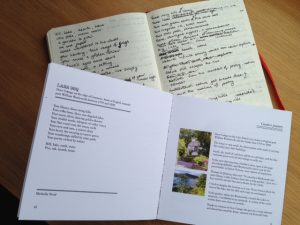 After many further scribblings and through many more pages of words, I eventually condensed my thoughts down to the 62 that make up my sestude. It was was published online and in a beautiful little pamplet along with other pieces that reflect places as diverse as Seamus Heaney’s football club to the Heinz factory.
After many further scribblings and through many more pages of words, I eventually condensed my thoughts down to the 62 that make up my sestude. It was was published online and in a beautiful little pamplet along with other pieces that reflect places as diverse as Seamus Heaney’s football club to the Heinz factory. Who says you have to write a blog? Why not use video or photographs?
Who says you have to write a blog? Why not use video or photographs?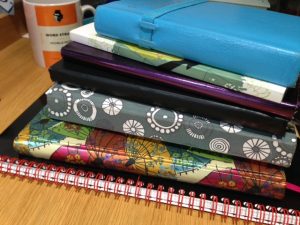 As a creative copywriter, I had to generate lots of ideas for marketing campaigns. Here, working with other creative people really helped me to bounce ideas around, and spark new ones from others’ input. The trick was not to dismiss any idea straight away, to keep on generating them and only then start to apply filters about what would work well.
As a creative copywriter, I had to generate lots of ideas for marketing campaigns. Here, working with other creative people really helped me to bounce ideas around, and spark new ones from others’ input. The trick was not to dismiss any idea straight away, to keep on generating them and only then start to apply filters about what would work well.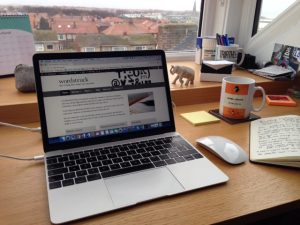 My brilliant writing mentor
My brilliant writing mentor 